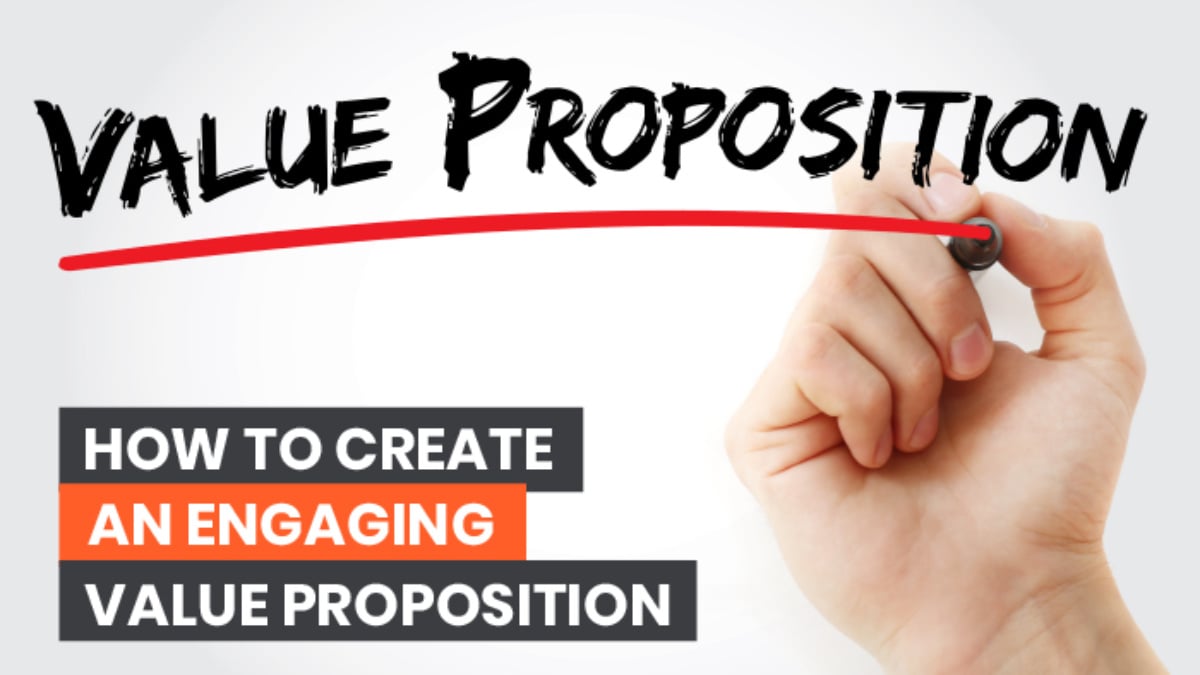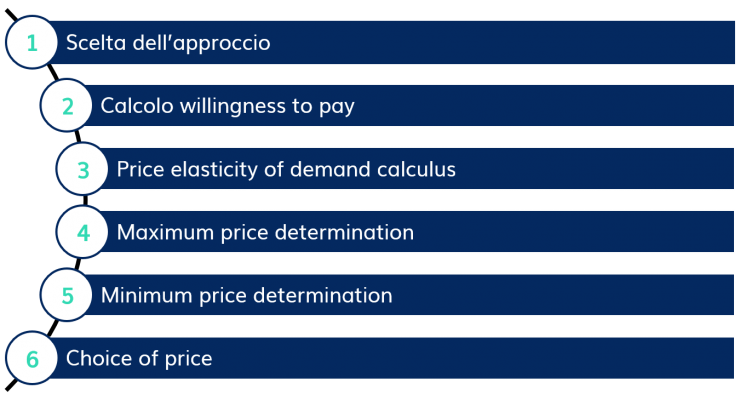Dec 5, 2023Value-based pricing is the setting of a product or service’s price based on the benefits it provides to consumers. By contrast, cost-plus pricing is based on the amount of money it takes to
Value based pricing: Pricing Strategies and the Cost Benefit Ratio – FasterCapital
Which of the following is a cost-based approach to pricing? target return pricing. Companies using target costing _____. start with an ideal selling price and then target costs that will ensure that the price is met. Which of the following processes does value-based pricing reverse? cost-based pricing

Source Image: researchgate.net
Download Image
August 09, 2016. In my 15-plus years of working with companies & teaching courses on pricing strategies to MBA students, I have found value-based pricing (also known as “value pricing“) to be

Source Image: fastercapital.com
Download Image
Value-Based Pricing Quiz Quiz 10: Pricing: Understanding and Capturing Customer Value Solved Which of the Following Processes Does Value-Based Pricing Reverse Question 12 Multiple Choice Which of the following processes does value-based pricing reverse? A) high-low pricing B) everyday low pricing C) cost-based pricing D) good-value pricing E) value-added pricing

Source Image: researchgate.net
Download Image
Which Of The Following Processes Does Value-Based Pricing Reverse
Quiz Quiz 10: Pricing: Understanding and Capturing Customer Value Solved Which of the Following Processes Does Value-Based Pricing Reverse Question 12 Multiple Choice Which of the following processes does value-based pricing reverse? A) high-low pricing B) everyday low pricing C) cost-based pricing D) good-value pricing E) value-added pricing Summary. Value-based pricing is a strategy for pricing goods or services that adjusts the price based on its perceived value rather than its historical price. The strategy is used when the purchasing decision is emotionally-driven or when scarcity is involved. Value pricing is going to price items at a higher level than cost-plus pricing by
Value-Based Pricing Decision Process | Download Scientific Diagram
Economics Economics questions and answers Value-based pricing is the reverse process of ________ pricing. Select one: a. variable cost b. value-added c. good-value d. cost-plus e. cost-based This problem has been solved! You’ll get a detailed solution from a subject matter expert that helps you learn core concepts. See Answer Challenges in implementing value-based pricing strategy | Semantic Scholar

Source Image: semanticscholar.org
Download Image
Value Proposition: What it is, How to Create One, & Examples Economics Economics questions and answers Value-based pricing is the reverse process of ________ pricing. Select one: a. variable cost b. value-added c. good-value d. cost-plus e. cost-based This problem has been solved! You’ll get a detailed solution from a subject matter expert that helps you learn core concepts. See Answer

Source Image: neilpatel.com
Download Image
Value based pricing: Pricing Strategies and the Cost Benefit Ratio – FasterCapital Dec 5, 2023Value-based pricing is the setting of a product or service’s price based on the benefits it provides to consumers. By contrast, cost-plus pricing is based on the amount of money it takes to

Source Image: fastercapital.com
Download Image
Value-Based Pricing August 09, 2016. In my 15-plus years of working with companies & teaching courses on pricing strategies to MBA students, I have found value-based pricing (also known as “value pricing“) to be
:max_bytes(150000):strip_icc()/investing2-5bfc2b8fc9e77c005143f176.jpg)
Source Image: investopedia.com
Download Image
Value-based pricing, pros and cons – Premoneo Nov 21, 20236 Types of Pricing Objectives. A key step in the pricing process is determining the primary pricing objective. This will steer the business’s strategy and price-setting going forward. These examples cover the most common focuses of companies going through the pricing process.

Source Image: premoneo.com
Download Image
Blending Value Based Pricing with Cost Plus for Superior Results – FasterCapital Quiz Quiz 10: Pricing: Understanding and Capturing Customer Value Solved Which of the Following Processes Does Value-Based Pricing Reverse Question 12 Multiple Choice Which of the following processes does value-based pricing reverse? A) high-low pricing B) everyday low pricing C) cost-based pricing D) good-value pricing E) value-added pricing

Source Image: fastercapital.com
Download Image
Value-Based Pricing Summary. Value-based pricing is a strategy for pricing goods or services that adjusts the price based on its perceived value rather than its historical price. The strategy is used when the purchasing decision is emotionally-driven or when scarcity is involved. Value pricing is going to price items at a higher level than cost-plus pricing by
:max_bytes(150000):strip_icc()/theory-of-price.asp-Final-24772f8216aa42a6b02a1ca42f8b84da.jpg)
Source Image: investopedia.com
Download Image
Value Proposition: What it is, How to Create One, & Examples
Value-Based Pricing Which of the following is a cost-based approach to pricing? target return pricing. Companies using target costing _____. start with an ideal selling price and then target costs that will ensure that the price is met. Which of the following processes does value-based pricing reverse? cost-based pricing
Value-Based Pricing Blending Value Based Pricing with Cost Plus for Superior Results – FasterCapital Nov 21, 20236 Types of Pricing Objectives. A key step in the pricing process is determining the primary pricing objective. This will steer the business’s strategy and price-setting going forward. These examples cover the most common focuses of companies going through the pricing process.